Foliar Feeding: Healthy Fast Food for Garden Plants
There’s no drive-up window for hungry garden or house plants, but foliar feeding — applying quality fertilizer or plant food directly to a plant’s leaves — comes close (only without the empty calories; let’s face it, even the Venus fly trap doesn’t want fries with that.)
By delivering nutrients through leaf pores called stomata — fascinating adjustable apertures that control the entry of CO2 into the plant to aid in photosynthesis — foliar feeding allows you to bypass the reliable yet slow-acting root system and take a quicker pathway into the plant’s system. It’s not a substitute for fertile soil, though. Instead, it’s a temporary fix for plants that are:
- Growing so fast that their roots can’t supply sufficient nutrients.
- Not getting enough nutrients because disease or insects have compromised or damaged their roots, or the surrounding soil is compacted, too cold, or too wet.
- Showing signs of stress. For example, yellowing leaves can indicate a lack of nitrogen, iron, or magnesium, each of which is evident in a specific pattern: nitrogen shortage starts with yellowing of the older leaves of the plant while iron deficiency usually affects new growth. Insufficient magnesium leads to yellowing of the leaves between their veins; eventually, the entire leaf can brown and crumble.
- Not forming fruit. Although pollination, watering, and temperature issues can all affect fruit production, so can calcium, boron, and potassium deficiencies, all of which can lead to poor flowering and fruit set.

Not for everyone
That said, foliar feeding is not an equal opportunity approach to fertilization: some plants are more receptive to it than others.
The best candidates are those with thin, delicate leaves that can absorb nutrients through their foliage efficiently. That includes leafy greens like lettuce, spinach, and kale, and vegetables including tomatoes, peppers, and eggplants. Fruit trees and fruiting bushes, especially those susceptible to blossom end rot, also benefit from foliar feeding.
On the other hand, plants with a thick, waxy coating on their leaves might not absorb foliar nutrients very effectively. If you’re growing cabbage or broccoli, you can probably skip foliar feeding. Same goes if your plants are already thriving in healthy, well-draining soil. In this case, they simply don’t need the additional boost.
Trust the experts
While recipes for homemade foliar fertilizers are all over the internet, in this case it’s probably better to forego kitchen concoctions and leave the prep to the pros.
The problem is that the “teas” DIYers suggest making from food scraps generally lack the balanced nutrient profile that plants require. Being too high in one nutrient and lacking in others can cause more harm than good.
That’s not the only negative, however. Food scraps can harbor bacterial or fungi that can introduce diseases to your plants. And remember, stomata are microscopic, not gaping holes. Strained food particles in your home brew can clog them, preventing the plant from absorbing nutrients and defeating your purpose.
Specially formulated commercial foliar fertilizers are a safer option. Because different plants have different nutrient requirements and may be showing different signs of stress, choose a fertilizer targeted toward your plant and its problem. Check the label for the primary, secondary, and micronutrients and pick the blend that most closely meets your needs.
Prefer to go organic? That’s possible, too, with foliar fertilizers made with fish emulsion or seaweed. Fish emulsion contains nitrogen plus phosphorus, potassium, and some micronutrients, making it more balanced compared to nitrogen-based fertilizers. As for seaweed, it contains potassium, magnesium and micronutrients including iron, zinc, and manganese. There are some studies that suggest seaweed extract can enhance a plant’s tolerance to environmental stresses such as drought, heat, or cold.
Easy does it

Applying foliar fertilizer isn’t difficult or exceptionally time consuming, but you do have to be careful about a few things. For one, because the fertilizers are concentrated, they have to be diluted first. Get the dilution ratio right (according to the manufacturers’ directions) or risk overfertilizing your plant and causing more harm than good.
Because foliar fertilizer can burn leaves, apply it early in the morning or in the evening, never when the sun is shining bright. Spray the upper and undersides of the leaves until they are evenly moist but not dripping. Don’t drench the plant.
Always follow the label for application frequency. Some plants need weekly applications during active growth periods. If you’re using a fertilizer for the first time or on a new plant variety, test it on a single leaf first then come back in 24 hours to check for any damage before broadcast spraying.
And remember: Like all good eatin’, moderation is important with foliar feeding. This isn’t a lifetime change but a once in a while strategic solution.




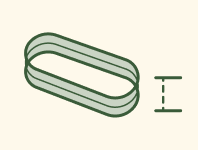
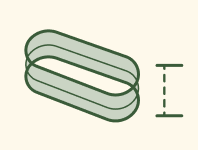
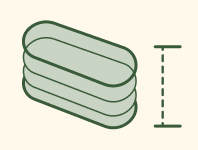
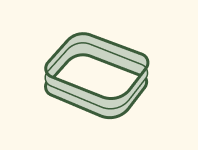
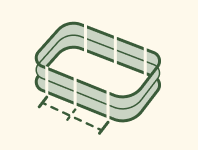
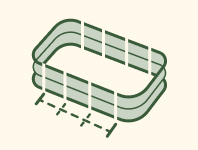
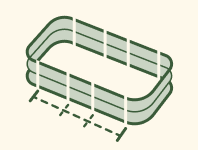
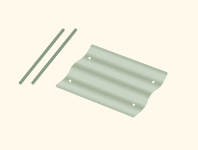



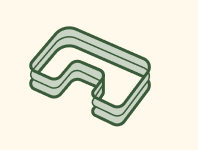
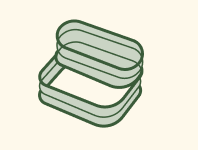
















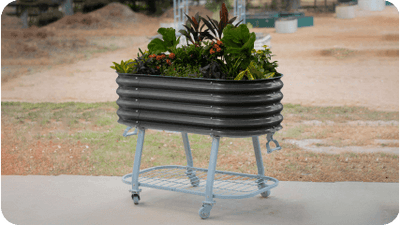









































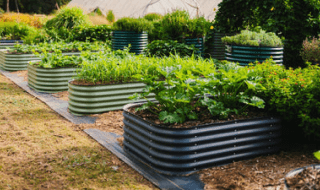

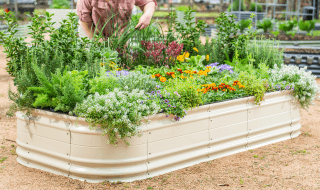
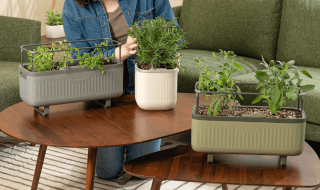
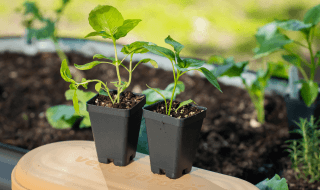
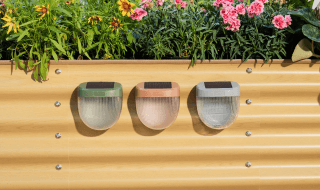
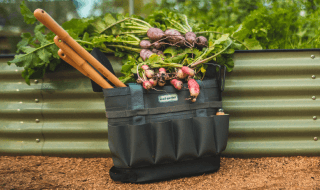
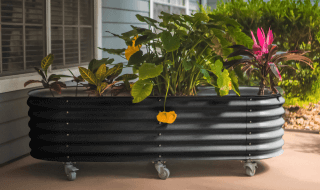







Leave a comment